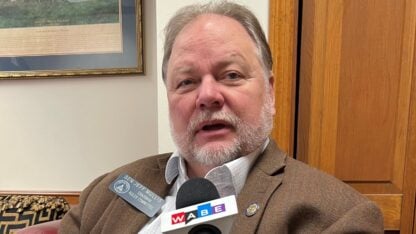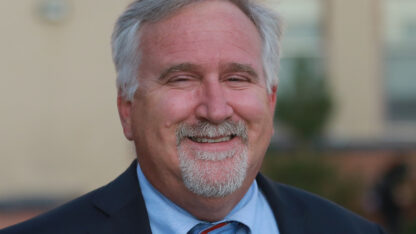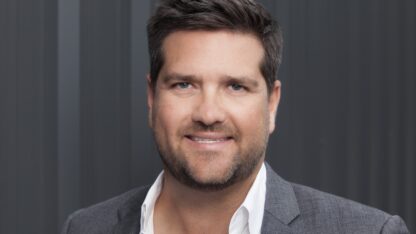Determining Quality in Early Childhood Education
Experts agree that when it comes to early education programs, quality makes all the difference. But how do you measure that? Then how do you ensure programs meet that standard? In the final story on a series in early childhood education, WABE decided to take a look.
Hear the broadcast version of this story.
There’s a lot going on at the Suttles Child Development Center at Georgia State University. In one class, toddlers are cross-stitching cards in the shape of animals to develop fine motor skills.
In a Pre-Kindergarten class down the hall, kids are making different kinds of insects out of putty.
Teachers provide guidance and instruction, but children’s voices prevail. Center director Stacey French-Lee says that’s intentional.
“I want to hear children’s voices dominating and I want to hear teachers doing things like asking open-ended questions, helping the children expand what they’re talking about, asking questions to help them problem-solve,” she says.
The Suttles Center is considered high quality. It received three stars, the highest rating, in the state’s new ranking system.
The program, called Quality Rated, is one way education officials are trying to determine quality among a patchwork system of child care centers.
Bobby Cagle, the commissioner of Georgia’s Department of Early Care and Learning, says the effectiveness of early childhood education programs largely depends on teacher quality.
“What we know now is that the education level of most of our infant/toddler teachers around the state is relatively low,” Cagle says.
To improve teacher quality, the state increased the minimum requirement for infant and toddler teachers in 2009.
Cagle says that’s critical, especially in the early years.
“Children between [ages] 0 and 5, about 90% of their brains develop by the time they enter Kindergarten,” he says. “So, the brain development that occurs is also spurred by the amount of learning they do.”
Cagle’s department plans to use several million dollars of a federal grant to pay for teacher education programs.
Officials hope one benefit of improving quality will be closing the disparity in academic performance between ethnic groups. Research shows that gap can start when children are 18 months old.
“We do see it as one of the best ways to reduce that achievement gap,” says Pam Tatum, president and CEO of Quality Care for Children.
The nonprofit connects parents with affordable childcare centers. She says the children who benefit from early education the most are the ones who are the most at-risk.
“We know if they go to school unprepared and they’re unable to read by the third grade, their chances of success are very diminished,” she says.
GSU’s Suttles Center has a dual role. In addition to offering childcare for staff and students, it serves as a lab for GSU’s college of education. It’s one of two such centers on campus.
Students work as interns and conduct research there.
That way, the school can simultaneously offer high-quality care and produce well-trained teachers so other centers can attain the same standard.
9(MDAxODM0MDY4MDEyMTY4NDA3MzI3YjkzMw004))








